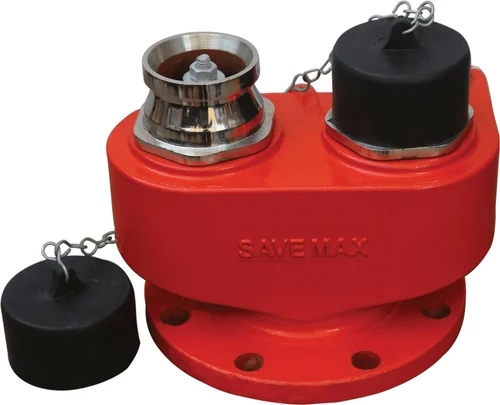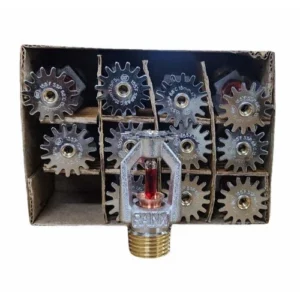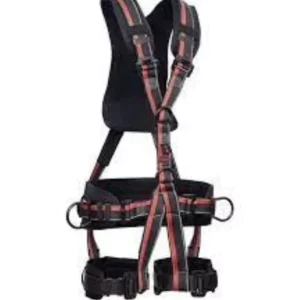Protecting a 2-way breeching inlet valve for long-term use requires a multifaceted approach considering various factors, including the material, operational environment, maintenance schedule, and potential threats. Here’s a comprehensive breakdown of key strategies:
Material Selection:
- Corrosion resistance: Choose materials resistant to corrosion from the fluids and gases it handles. For example, stainless steel for acidic environments or nickel-plated valves for seawater exposure.
- Temperature resistance: Ensure the valve material can withstand the operating temperature range without deformation or weakening. High-temperature alloys might be needed for extreme heat.
- Pressure rating: Select a valve rated for the maximum pressure it will encounter during operation. Exceeding pressure limits can lead to catastrophic failure.
Environmental Protection:
- Weatherproofing: If the valve is exposed to the elements, employ weatherproofing measures like covers, sealants, or enclosures to shield it from rain, snow, and dust.
- Internal cleaning: Regularly clean the valve internals to remove build-up of deposits, contaminants, and debris that can hinder operation and accelerate wear. Consider automatic flushing systems for critical applications.
- Lubrication: Follow the manufacturer’s recommendations for lubrication intervals and type of lubricant to ensure smooth operation and prevent premature wear of moving parts.
Maintenance and Inspection:
- Scheduled maintenance: Implement a routine maintenance schedule for inspections, adjustments, and part replacements as per the manufacturer’s guidelines. Early detection of issues prevents major breakdowns and extends valve life.
- Performance monitoring: Monitor valve performance parameters like flow rate, pressure drop, and leakage to identify potential issues early on and schedule timely interventions.
- Spare parts inventory: Maintain a readily available stock of essential spare parts like seals, gaskets, and wear components to minimize downtime during repairs.
Additional Considerations:
- Installation practices: Proper installation following manufacturer’s instructions and industry standards ensures correct operation and longevity.
- Operational practices: Avoid exceeding pressure and temperature limits, operating the valve outside its intended purpose, or slamming it open or shut.
- Security measures: In high-risk environments, implement security measures like tamper-proof seals or enclosures to prevent unauthorized access or sabotage.

By thoughtfully implementing these strategies, you can effectively protect your 2-way breeching inlet valve and ensure its long-term performance and reliability. Remember, the specific recommendations may vary depending on the valve’s design, materials, and application. Consulting the manufacturer’s documentation and seeking advice from qualified professionals is crucial for tailoring the protection plan to your specific needs.








Reviews
There are no reviews yet.